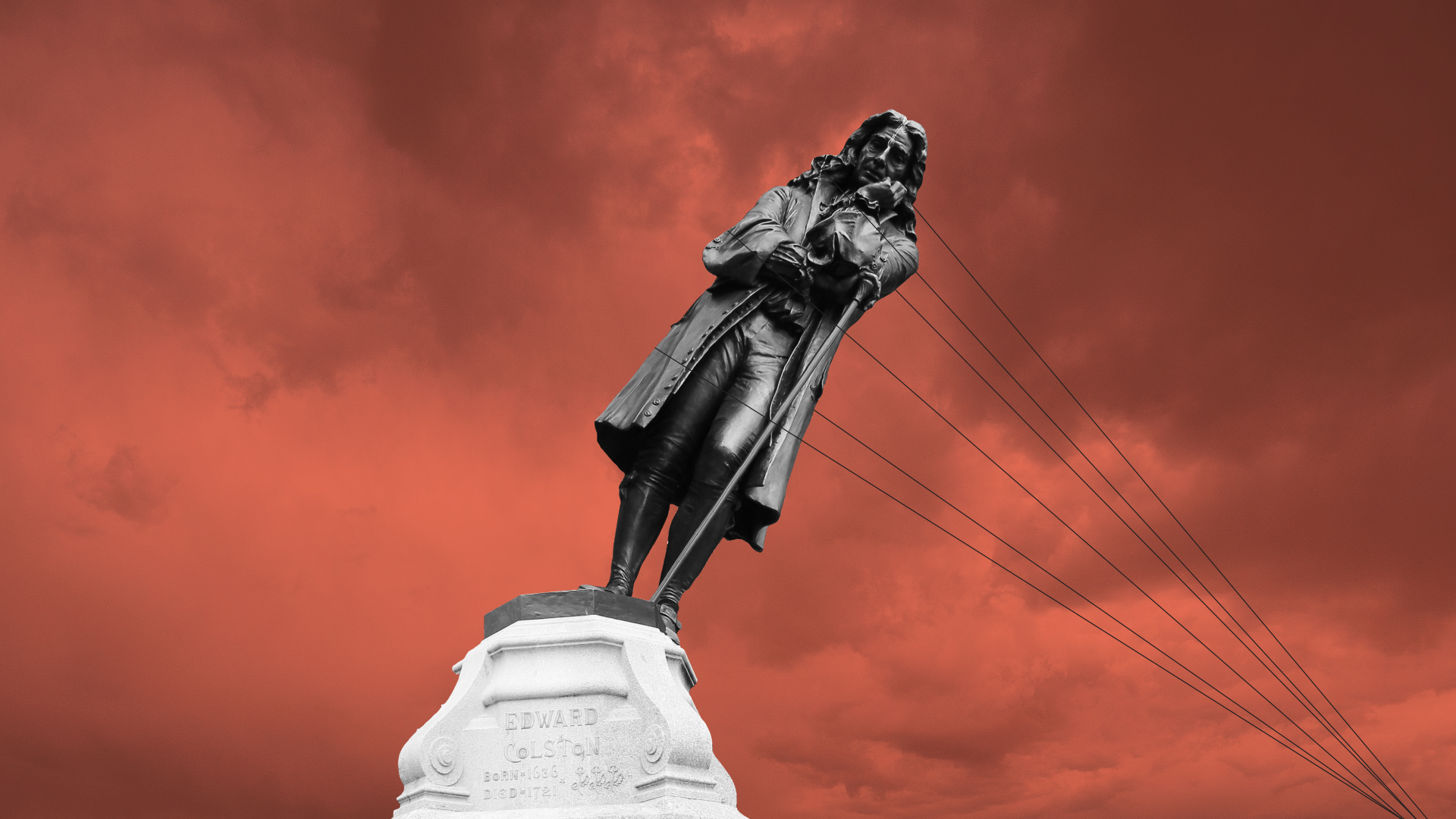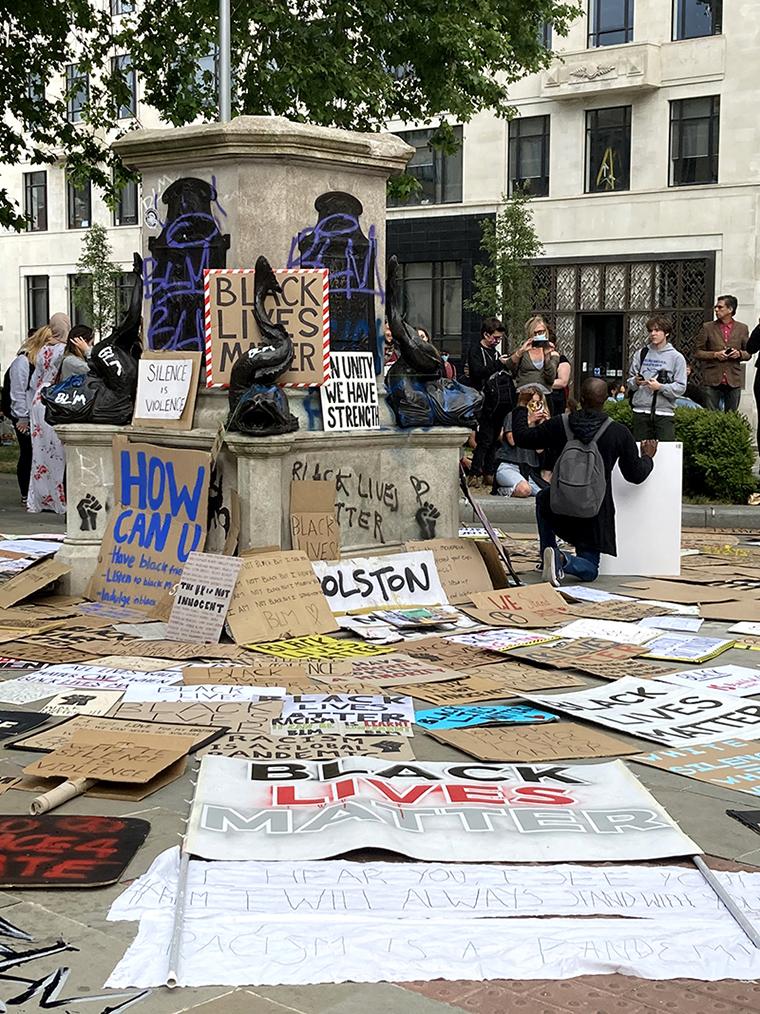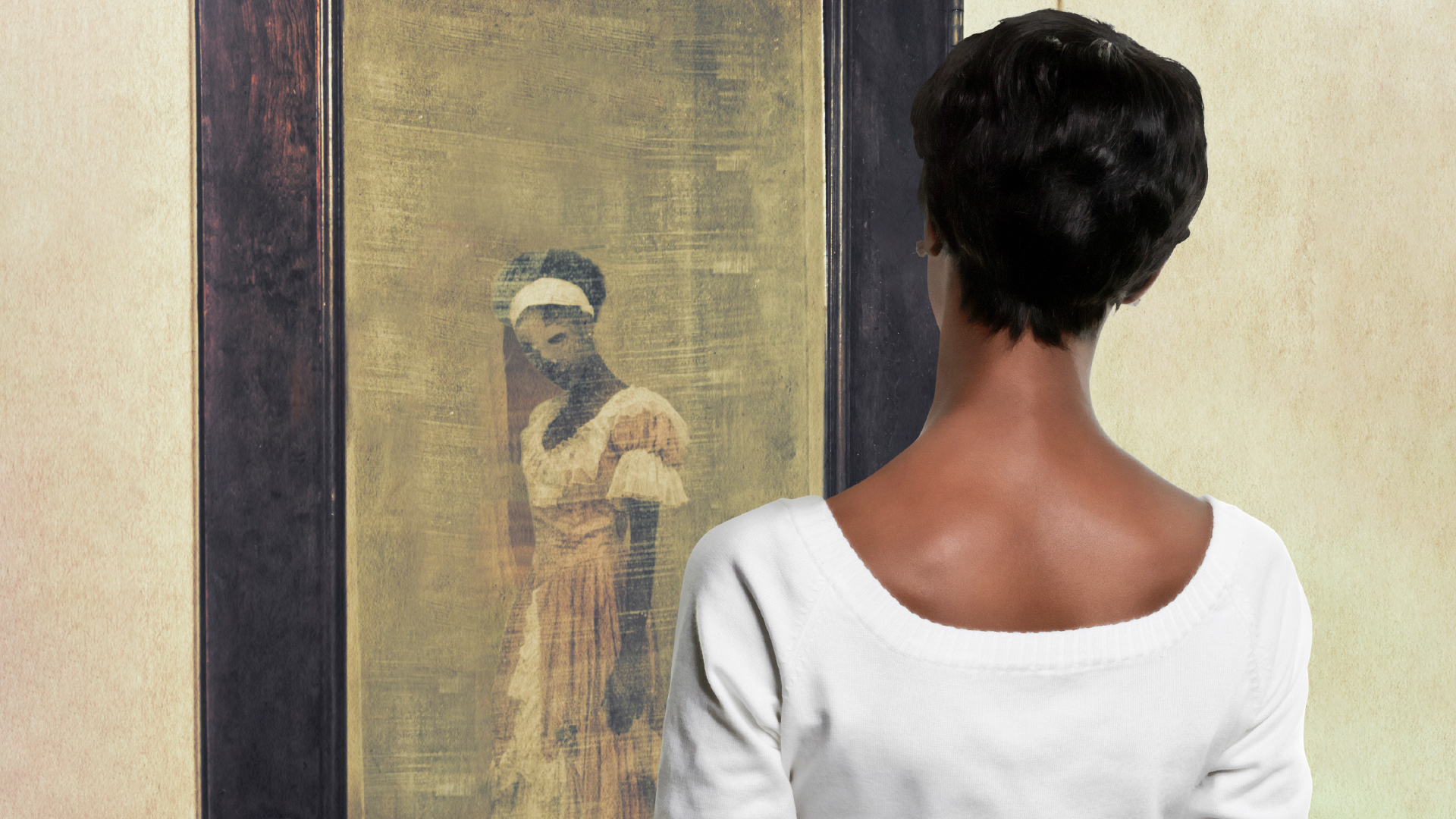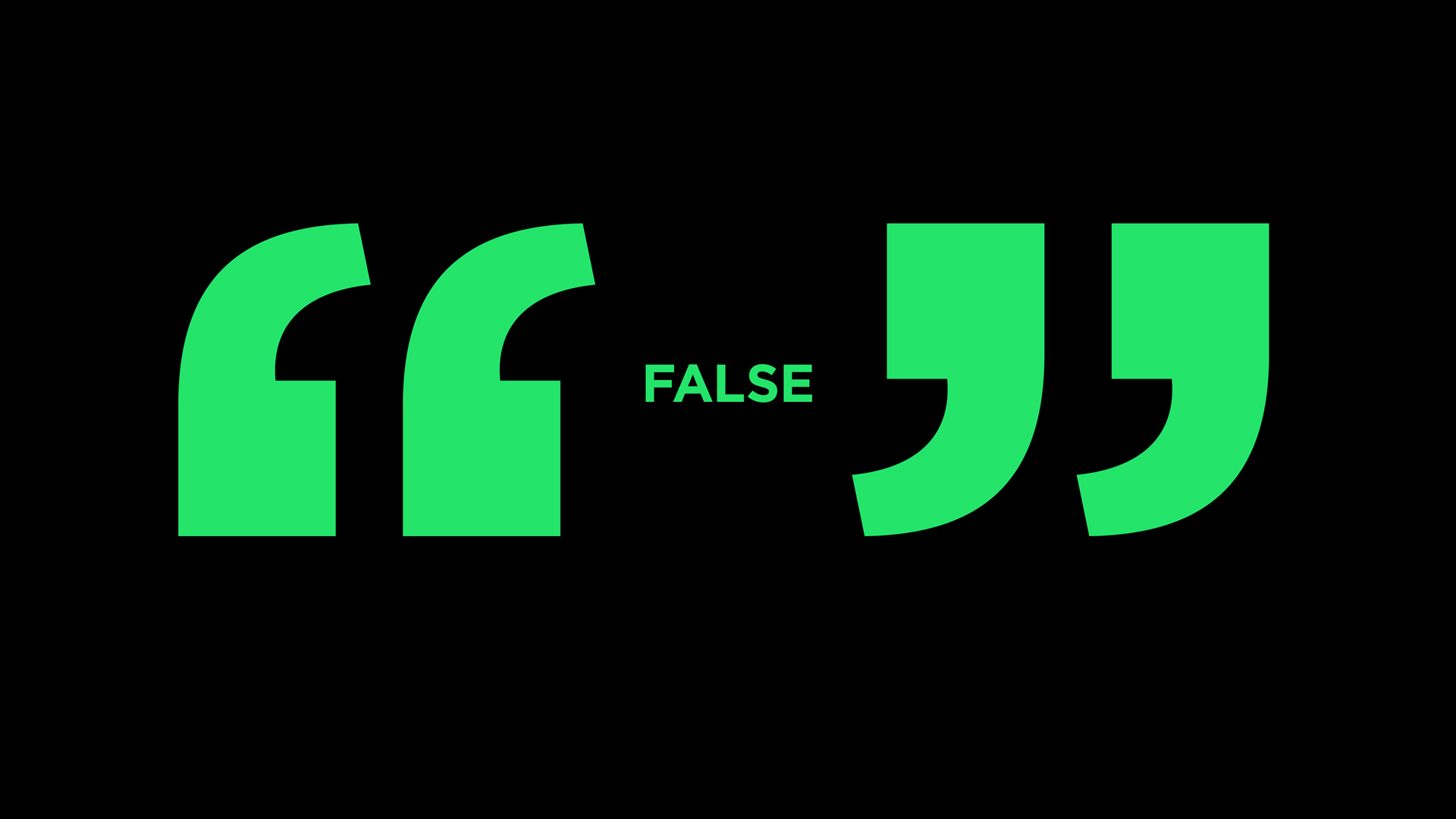Is the Past Just a Mirror of the Present?
Understanding history isn’t as simple as picking up a book and reading it. What role do values play in our view of the past, and how do we put history in context when our values shift?
In November 1895, citizens of the British port city of Bristol erected a statue of Edward Colston in the city center. Colston had been a generous philanthropist, and they wanted to celebrate his contributions to the city. The date of the unveiling became known locally as Colston Day, and numerous streets and schools were named in his honor. He was a symbol of the city and its history.
More than a century later, on June 7, 2020, demonstrators pulled the statue down, daubed it with paint, and pushed it into Bristol Harbour.
It was the culmination of years of changing opinions about a man once viewed as a hero. Colston had indeed been a philanthropist, but the source of his wealth was less than admirable. As a member and deputy governor of England’s Royal African Company, he was heavily involved in the Atlantic slave trade. During his tenure, the company transported an estimated 84,000 people or more from Africa to the Caribbean and the rest of the Americas. After leaving the company, he continued in the trade until his death.
His life’s activities became an issue of wider public interest in the 1990s. Over time his role in the sale and maltreatment of thousands of human beings eclipsed his reputation for beneficence. Ultimately, in support of the Black Lives Matter movement, a multiracial group of protesters overthrew the bronze effigy.
Changing Priorities
Both the erection of the statue and its removal happened without Colston’s knowledge; he died in 1721. Once a local icon, he had become a villain. It was a dramatic volte-face, from hero to zero. He remains a symbol of the city of Bristol, but of a very different sort: a reminder that the city was at least partly built with profits from the abuse and exploitation of human beings.
It’s a striking example of how interpretations of history can change. Those who conceived the statue in 1895 were certain of Colston’s eligibility for sculpted immortality; those who pulled it down in 2020 couldn’t bear to see his face.
When the statue was toppled, some objected, claiming it was “erasing” or “rewriting” history. This is a thin argument, given that the monument is primarily a representation. It presented Colston as a figure to be celebrated, and its removal reflected a dramatic change in society’s priorities and values.
“Statues are about saying ‘This was a great man who did great things.’ That is not true, he [Colston] was a slave trader and a murderer.”
Colston’s statue will likely end up in a museum. Its removal from the city center wasn’t about erasing history but was itself an act of history.
The entire episode raises questions about the nature of history. How can perception of it change so dramatically? If it is so susceptible to outside forces, can it have any value in itself? Is there such a thing as historical truth? How can it be interpreted? Is there a right way to view someone like Colston?
History and Identity
“History is more or less bunk.” So spoke American motor industry entrepreneur Henry Ford, summarily dismissing the entire discipline in favor of newness and innovation.
Ford tried on many later occasions to clarify his statement, even expressing his intent to build a museum to the sort of history he felt was “worth observing.” This is revealing, as the proposed museum (a paean to “industrial history”) was essentially the past through his eyes; that is, it was about him, his identity and how he saw the world.
This approach comes up again and again when people talk about history. British author Reni Eddo-Lodge, lamenting the lack of Black history in British curricula, sees the importance of identity in the discipline. “Most of my knowledge of black history,” she writes, “was American history. . . . I had been denied a context, an ability to understand myself.”
The story of Colston is a demonstration of this. When his statue went up in the late 19th century, the city of Bristol wanted to celebrate qualities it saw in itself—philanthropy, international prowess, commercial sense—and to embody these traits in a materially successful (white) Englishman. Colston reflected Bristol’s values and self-image, and so they erected his statue. By 2020, those values, and how Bristol viewed itself, had changed.

But is history really so impressionable? Is it really only a reflection of how we see ourselves today? Does it have any substance in itself, or is it, to use Ford’s term, just bunk?
Ford later featured in a satirical vein in Aldous Huxley’s postapocalyptic novel Brave New World (in which he was quoted more tersely: “history is bunk”). The author portrayed Ford as a sort of god figure whom “civilization” honored with an unalloyed focus on newness and consumerism. In this dystopian setting, Huxley demonstrated that ignorance of history leaves us psychologically unmoored. With only the ever-moving present and an unknowable future to draw on, it’s impossible to make judgments based on experience or precedent. Without history, according to Huxley, we do not have tools to think critically about our lives.
Twentieth-century Swiss historian Herbert Lüthy was of a similar mind, arguing that “consciousness of the past alone can make us understand the present.” His contemporary, British historian Arthur Marwick, concurred and added that history “makes it possible for the individual and the society to orientate themselves amid the bewildering currents of human diversity.” He went on to say that “our lives are governed by what happened in the past, our decisions by what we believe to have happened.” This is no doubt true. History gives us context. It sheds light on what is happening now. It reminds us that such things have happened before, and it offers empirical data about how humanity has acted in the past.
“Without a knowledge of history, man and society would run adrift, rudderless craft on the uncharted sea of time.”
History’s Limitations
But, you might be thinking, isn’t it simpler than this? Isn’t history just stuff that happened?
Historians do draw on what remains from the past—documents, testimonies, artifacts—to portray how it might have been and to form conclusions about it. Our limitations, however, and the limitations of our world, mean that a comprehensive picture of the past is for us effectively impossible. Our memory is limited; our ability to store information is limited; our ability to read the minds of other people, especially dead ones, is extremely limited. That’s to say nothing of the impact of time, decay and war on historical documents. Historians work with incomplete data and with imperfect tools. And once the available data is collected, the historian must then interpret it, which brings its own difficulties.
A step beyond this simple idea is the one that arguably spawned history as a modern discipline in the first place. Nineteenth-century German academic Leopold von Ranke wrote that the task of the historian was to reveal “wie es eigentlich gewesen [ist]”; that is, simply to show “how it really was.” This seductive statement was enormously influential. Before this, written histories were largely and consciously subjective; either theologically, morally, nationalistically or personally. Ranke and those who followed him tried to take a purely objective view, focusing on facts.
Nineteenth-century historians were working in an age that liked this pragmatic, confident simplicity. Charles Dickens satirized the trend in his 1854 novel Hard Times: “What I want is, Facts,” says the central character, the no-nonsense educator Thomas Gradgrind. “Facts alone are wanted in life.” The Enlightenment had demoted theological explanations in favor of secular ones; the rapid development of industrialization and imperial expansion fostered financial and moral confidence; and extraordinary developments in science and medicine offered security and understanding. Life, it seemed, could be relied on to provide certainties and to progress inexorably upward.
Again, identity was an important factor. Much history written during this time was a story of how a people, a nation, got to the present day; history was written in the image of the present. Far from being purely objective, it was, in a sense, a mirror in the shape of the present. As Canadian historian Margaret Macmillan writes, “Victorian historians too often depicted the past as an inevitable progress leading to the glorious present when Britain ruled the world.” This played out not only in Britain but also in France, Germany, Russia and the United States. It’s no surprise, then, that Edward Colston’s statue was erected in this period. History written during this time boundlessly displays this confidence in “facts.”
The problems with this way of thinking are all too obvious today. On the one hand, there’s the difficulty of determining what is a fact and what is not; on the other, there’s the inescapable problem of human bias and irrational reasoning in interpretation.
Then there’s the problem of viewing the past through the eyes of the present; or, indeed, using the past to explain the present. This applies as much to our own lives as to the study of dusty historical documents. Yesterday, each of us did, or did not do, something. Other people responded to that. This is our personal history. We spoke, we moved; other people responded in word or action. We may not have heard or seen everything that happened. We don’t have full insight into the motives or moods of others, or even ourselves. The details and motives of our own history often elude us. How do we know what happened, how do we interpret it, and how can we trust our own conclusions? What are the facts when it comes to our own lives—much less the lives of others?
The Shadow of Doubt
Historiographical confidence began to crack during the 1914–18 war. The shock of the outbreak of hostilities—that it happened so abruptly and seemingly inescapably—pulverized old certainties.
“If unpredictable and uncontrollable forces were shaping the present, it seemed, then the previous belief of historians that they could understand by a simple process of induction the forces that shaped the past now seemed dangerously naive.”
That doubt—combined with the 1917 October Revolution in Russia (ideologically powered by Marxism, with its very different sense of history), the contributions of psychoanalysis to the understanding of human behavior, and the prioritization of new and radical perspectives by modernist culture—led to a more fragmented view of the world and its history.
Historians began to draw more freely on ideas and models from other disciplines: economics, psychology, semiotics, sociology and statistics, for example. This continues to the present day, and while it has certainly enriched the discipline, it has also provoked not a few soul-searching moments.
One of the greatest challenges came from post-structuralist thought, which criticized historians’ exaltation of primary sources and their attempts to recreate the past “as it really was.” French linguistic theorist Roland Barthes is quoted as saying in 1967 that history is merely “an inscription on the past pretending to be a likeness of it, a parade of signifiers masquerading as a collection of facts.” He was pointing to the difficulty of truly grasping the reality of the past through old documents, and to the inadequacy of language to convey that past.
Many contemporary historians have argued that their work is not as insubstantial as Barthes claimed. Among them is Richard Evans, who while admitting the challenges Barthes highlighted, nevertheless defended the core of historical research. He gave this definition: “A historical fact is something that happened in history and can be verified as such through the traces history has left behind.”
There’s an appealing sobriety about this definition, though you don’t have to be a postmodernist to see its limitations. Original sources are scarce, often incomplete, and biased in every human way. Words carry different meanings in different times. Documents cannot convey the entirety of historical life.
While post-structuralists likely underestimated historians’ awareness of these limitations and no doubt undervalued their work, they raised important questions. How can we know what we know? Can we see through the veils of time and bias to accurately understand former times, or will some revelation or discovery tomorrow, or the next day, change our understanding?
In the Eye of the Beholder
In discussing history, interpretation is often overlooked. But it’s important, because historians also write. They assess, interpret and draw conclusions from available data. They then collate their findings in essays, articles or books. History is a text; it’s communication, something expressed to other people.
British historian A.J.P. Taylor supported this view, noting in his Essays on English History that the discipline “is at bottom simply a form of story-telling.” It’s therefore more than just an incomplete view of “what happened”; it also necessarily involves judgment and interpretation. And this brings with it complications. Historians have their own biases and interpretative filters, as do readers. A historian selects material, marshals facts, imposes explanations and narratives upon the whole. Of course, a wary historian or reader will try to suppress biases, aiming for as objective a view as possible. Knowing humanity’s limitations, though, this is undoubtedly a perennial challenge.
The impact of these filters can be dramatic. Edward Colston was a hero to 19th-century Bristol yet today is a villain. Sigmund Freud was practically deified by early psychoanalysts; nowadays many of his findings are taken with a healthy dose of salt. Perspectives on global conflicts such as World War II are dramatically different depending on where in the world you live. History, some might say, is in the eye of the beholder.

An empty pedestal, where a bronze likeness of Edward Colston had stood for 125 years, became a monument in its own right after protesters pulled the statue down and rolled it into the harbor.
Caitlin Hobbs, CC BY 3.0, via Wikimedia Commons
One of the most prominent biases is, perhaps inevitably, morality. Marwick wrote that “the historian cannot help but make moral judgments, if only by implication or by virtue of his selection of the facts.” He credits fellow historian W.H.B. Court with declaring that “history free of all values cannot be written.” E.H. Carr wrote more cautiously: “Let us assume that abstract conceptions like ‘good’ and ‘bad’ . . . lie beyond the confines of history.” Yet while a historian is not to condemn individuals, he wrote, space must be allowed for moral judgments “on events, institutions, or policies of the past.”
“Recognition that some individual slave-owners were high-minded was constantly used as an excuse for not condemning slavery as immoral.”
Time has softened the hard verdicts of the Victorian era, yet moral judgments of one kind or another are everywhere in historical study, as in life. This is inevitable; if it’s a good idea to draw lessons from history, then we must decide which examples to emulate and which to avoid. For instance, history allows us to say “Don’t do what Hitler did,” while also admiring the resilience of Anne Frank. History, whether consciously or not, cannot help but discern between the two.
Some will squirm at this, in part because morality brings to mind religion, and in a largely secular world, this seems like anathema. But there’s no getting away from it. Even the determination to remove morality is a value judgment. All the same, in post-Christian societies it’s interesting to note a move away from the moral relativism of the recent past. The ideological and political polarization of the West involves hardened ethical positions on either side, with strong moral positions empowering such movements as Black Lives Matter. And this impacts the study of history. There is now, for instance, a widespread determination among historians to tell the stories of the previously marginalized. This is absolutely a moral stance.
If history is to offer context to our lives, then we must interpret what we know about the past and draw conclusions from it. The question is, how should it be done?
Biases and Filters
In a post-truth world, where opinions and emotions seem as influential as established facts, this is tremendously pertinent. If history is a key resource for understanding the present, then we need to understand how it works. Merely knowing about the past brings its own joy, for sure, but there is also benefit in the conclusions that might be drawn from it.
History is slipperier than many think. If all history is subject to interpretation, then we must be careful as we learn it. If all history is subject to bias, then we must read it with vigilance. This is not to say there’s no difference between truth and a lie; there absolutely is, and a historian must never knowingly lie. Evans’s definition of a fact is perhaps best applied in this narrow way: that, for instance, such and such a person wrote these words in this document on this date, to the best of our knowledge. That much is fact. Going much beyond that—even in selecting one fact as opposed to another—becomes a matter of interpretation, linguistic alteration, all sorts of potential filters. There can be value in this, no doubt; nevertheless, it’s important to be aware of it.
This raises the issue of histories whose bias is easier to identify. Before Ranke came along with his determination to tell history “as it really was,” there were many texts that we might not recognize as histories in the modern sense, though they often carried the name. They frequently had a moral, national or personal bias. Edward Gibbon’s 18th-century History of the Decline and Fall of the Roman Empire was an ethical history, ascribing the empire’s fall to barbarity and lassitude. The ancient histories of Herodotus, Tacitus and Plutarch were written as a sort of guidebook; in Marwick’s words, they were “a preparation for life, especially political and military life . . . [in order to] propagate the knowledge of glorious deeds. . . .”
And then there’s the question of the Bible, which is full of historical accounts. It is deliberately selective, and it has a particular agenda. It is open about its purpose: its histories and other texts are, among other things, for “correcting error, for re-setting the direction of a man’s life and training him in good living.” It has a clear moral slant, and it relates historical events and characters with this in mind. Many have dismissed it as a reliable source for this reason, or because not all of its historical accounts are corroborated by extrabiblical evidence. But given what we know about the prevalence of bias in other historical accounts, and the frequent paucity and unreliability of evidence in all eras, it’s worth asking whether this is a reasonable objection.
“So very difficult a matter is it to trace and find out the truth of anything by history, when, on the one hand, those who afterwards write it find long periods of time intercepting their view, and, on the other hand, the contemporary records of any actions and lives, partly through envy and ill-will, partly through favour and flattery, pervert and distort truth.”
A Question of Values
The dramatic volte-face that Edward Colston posthumously experienced was ultimately a moral one. The facts of his history, as much as we can know them, remain unchanged. What has changed is society’s priorities and values. One might say that he was held up to a different moral mirror and found wanting. There is no escaping this process in any subject. It’s worth seeking history that restrains itself to objective examination of the bare facts as much as possible, but as we’ve seen, pure objectivity and comprehensiveness are often ultimately unobtainable. The values that underlie biases are sometimes hard to discern, but it’s important that we try. And then, once recognized, we often face a choice.
Black Lives Matter is a complicated movement, but it is at least in part empowered by an urge toward empathy, condemning abusive and prejudiced attitudes and improving future behavior. These are admirable goals. It indicates a way in which morality might effectively function in the study of history. It suggests that we should commend history that highlights positive examples and condemns the negative. Again we might consider the Bible, which is designed precisely with that in mind. Its histories were written for the benefit of those who read it, so that they might live better lives. The value of its moral slant is there to be tested.
The Bible also challenges the idea that history cannot be reliable. Luke, a doctor and author of two New Testament books, sets out to give an account of Jesus’ life and significance to the early Church. A meticulous man who focused on details, he speaks of a trustworthy narrative, perfect understanding, certainty, and infallible proofs based on eyewitness testimony, including that of more than a dozen of Jesus’ family members (see Luke 1:1–4; Acts 1:1–3). As historian and New Testament scholar Richard Bauckham writes, “Gospels understood as testimony are the entirely appropriate means of access to the historical reality of Jesus” (Jesus and the Eyewitnesses: The Gospels as Eyewitness Testimony, 2nd edition, 2017).
History is a widely used term, and often wildly misused. It’s far more complex than most realize. Our human proclivities are everywhere apparent: from the actual events, to the construction and preservation of documentary evidence, to the finding, collation, selection and interpretation of that evidence by historians, and finally, to the reading of their work. Objectivity should always be the aim, but in its purest sense it is probably beyond our capabilities.
At history’s core, like so many things in life, is the question of what we value. What’s important to us from the past often reflects what’s important to us in the present.


